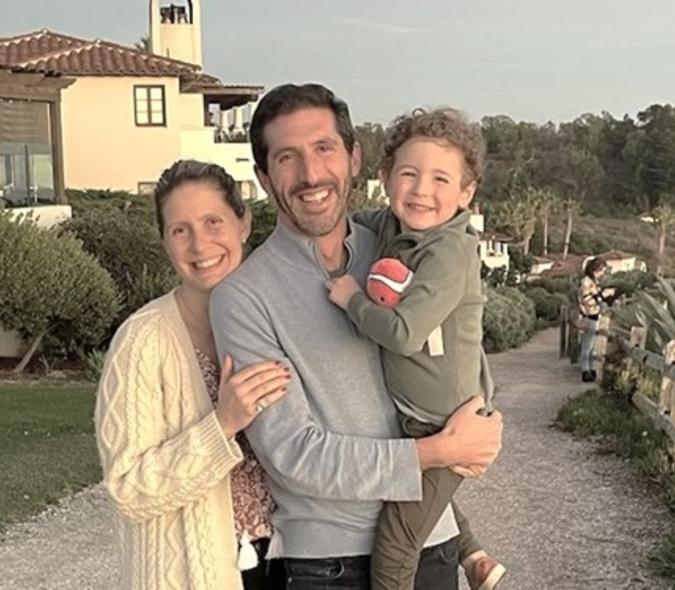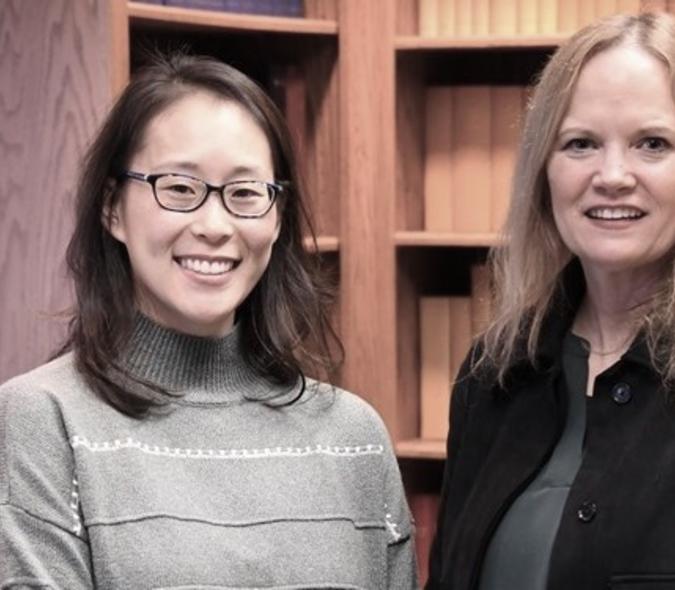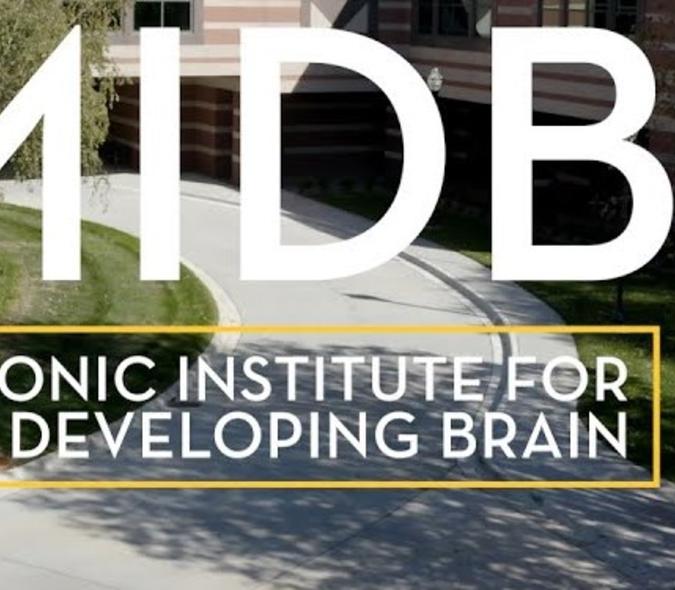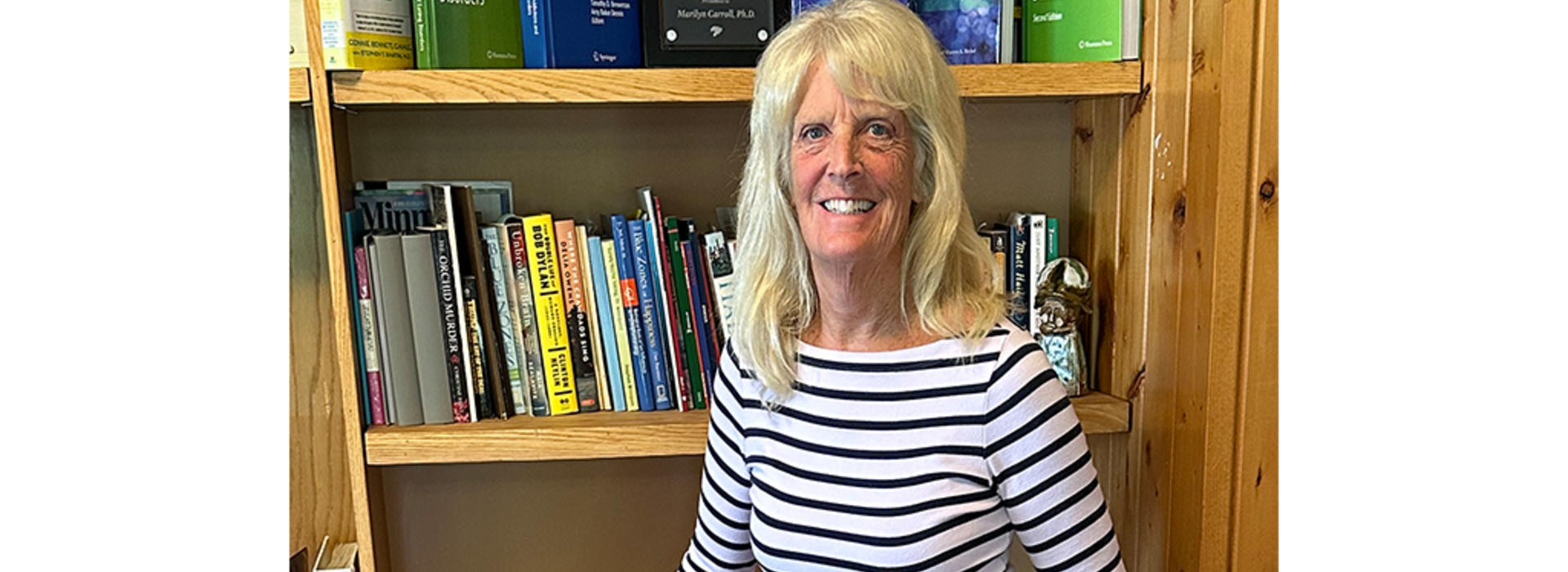
A half-century career dedicated to finding treatments for addiction ends on a high note for Carroll-Santi
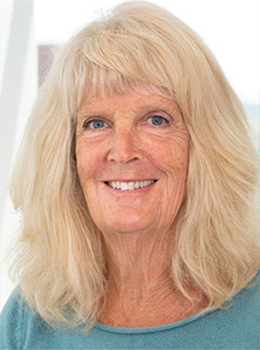
Carroll-Santi began in the department in 1975 as a postdoc. Subsequently, she was appointed as an Assistant Professor in 1976, and in 1987, was promoted to Associate Professor, and then in 1993 to Professor in Psychiatry and Psychology. Her role was to conduct NIH NIDA [National Institutes of Health, National Institute on Drug Abuse] supported research in drug addiction (mainly cocaine and methamphetamine) using animal models to study self-administration and abuse of stimulant drugs such as cocaine and methamphetamine. The research focused on her own development of self-initiated and self-sustainable self-treatments for addictive behavior in animals, to model the progression of addictive behavior and relapse long after cessation of drug use in humans.
In her innovative studies with rats and rhesus monkeys, Carroll-Santi initially studied potent opioids such as etonitazene and fentanyl, and later, the most commonly abused stimulant, cocaine (in rats). “Animals will abuse the same kinds of drugs that humans will, mainly opioids and stimulants, and dissociative anesthetics such as phencyclidine [PCP],” she stated. Carroll-Santi noted that the animals rapidly learned to take drugs on their own and, “we were able to develop ways to evaluate the magnitude of the drug’s rewarding effect that sustained their oral or IV drug self-administration, and the type of drug and/or drug dose they preferred.” She discovered that drug-seeking behavior in rats and monkeys was similar to that of humans relative to these measures.
The goal of Carroll-Santi’s research that established drug-seeking and drug-taking in animals was to find treatments for addiction that could be self-sustained in humans over a long period of time. She aimed to reward them with something that was safe and healthy rather than something dangerous such as drugs. Recently, Carroll-Santi found that voluntary exercise allowed the animals to not take as much of the drug as they preferred, or to not take any at all. “Pretty early in my career, my lab discovered that voluntary exercise, or access to palatable food versus standard veterinary chow caused neurotransmitters in the brain to become ‘very happy’ and reduce drug-seeking behavior. Exercising did a similar thing to make people not want to use drugs and is what most of my career has been about,” Carroll-Santi explained.
Her research with animals led her to discover that people had to treat themselves; medications really didn’t work at all. “We were able to reduce a major mental health problem of addictive behavior in my career,” said Carroll-Santi.
PROUDEST MOMENTS
As a teacher, Carroll-Santi has enjoyed watching her students go on to success in their own careers at prestigious universities. Her proudest moment was having trained 25 PhD students, and 10 postdocs, “who have gone on to have great careers of their own at major institutions, one at Columbia, one at Yale, and one at Harvard.” For example, her former pre- and post-doc students, Wendy Lynch, Justin Anker, and Natalie Zlebnik, conducted translational research regarding prevention and treatment for addiction with her animals, which later translated well to other labs that are also developing self-treatments for addiction directly translatable to human drug users.
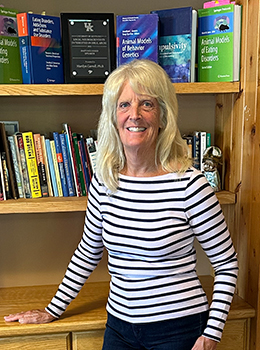
Most recently, Carroll-Santi was invited to go to one of the major research institutions for studying addiction (University of Kentucky in, Lexington, KY) to receive a Distinguished Speaker Award (pictured) for her contributions to research on addiction. “It was great to meet with the real heroes and geniuses in this field who have been studying addiction as it first emerged as a treatable disorder in the United States,” she said.
SPECIAL THANKS
Carroll-Santi took time to reflect about her past mentor and former Department Head, the late Chuck Schulz, MD, noting: “He taught me to pursue my dreams for better mental health for everyone, by developing self-initiated and self-sustainable supportive behaviors that take the place of drug-seeking that leads to addiction.”
Additionally, Carroll-Santi’s appreciation for efforts to support her work by the University of Minnesota extends to the Vice-President’s Office, colleagues in Psychiatry whom she collaborated with on research: Matt Kushner, PhD; and Gail Bernstein, MD; in Psychology, Bruce Overmier, PhD, who mentored her throughout her career; and Sheldon Sparber, PhD, Professor of Pharmacology, who directed a Psychopharmacology Training Grant for more than 30 years and provided didactic training for her pre- and post-doctoral students. “I am so fortunate to have been in this unique and supportive environment for so long, and to have had colleagues who taught me the rewards of learning through research and teaching to inspire others to keep learning. “I appreciate the unique contributions my department has made to facilitate that process during my tenure here," said Carroll-Santi.
AFTER RETIREMENT
She will continue to spread her knowledge and educate those around her, as well as spending as much time with friends and family as possible, who Carroll-Santi says are and always have been, “the most important part of my life.”

